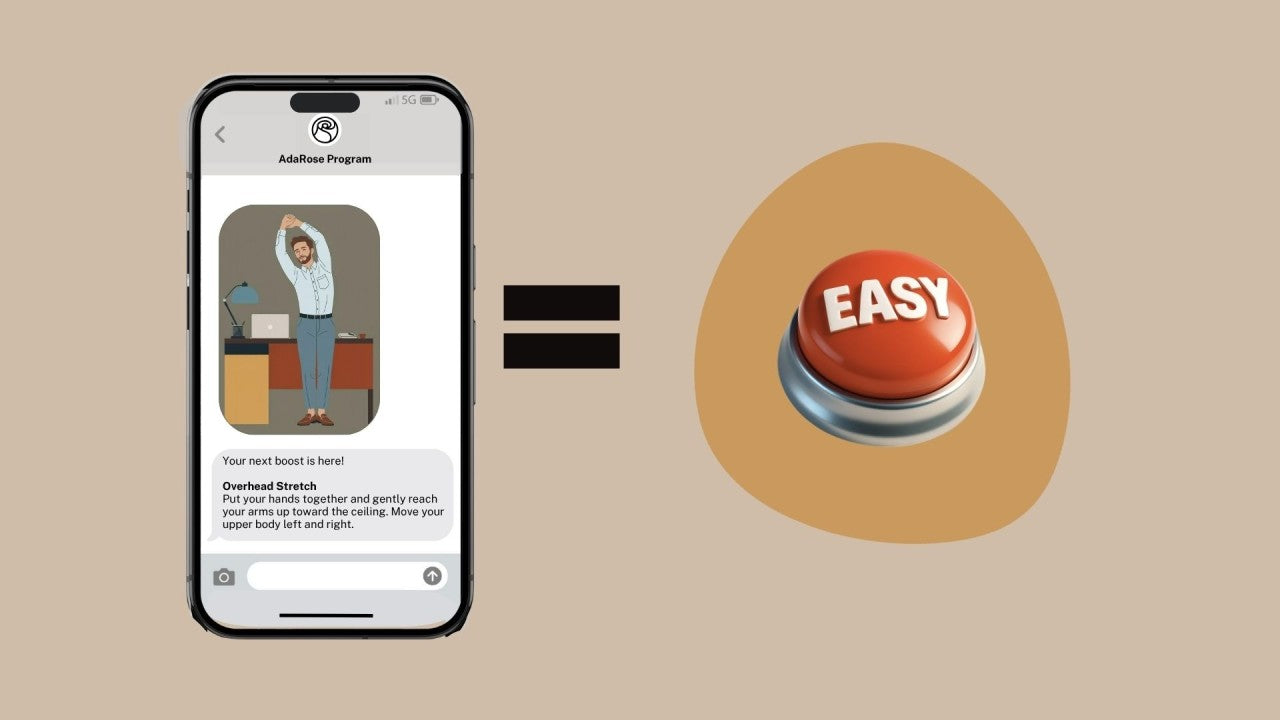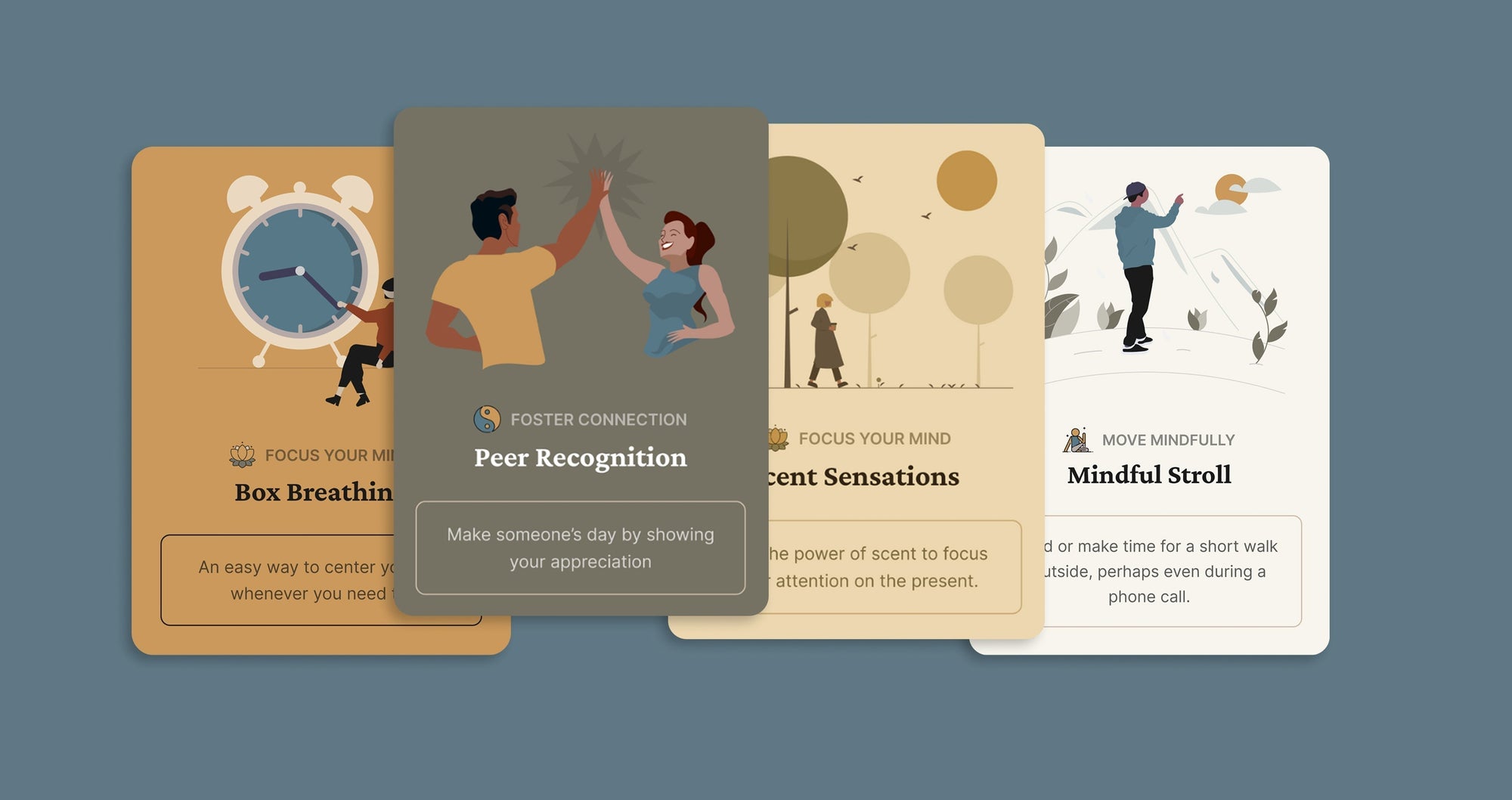Summer invites us to pause. To log off early. To remember what it feels like to not be in back-to-back meetings. And if we’re lucky, to get far enough away from work that we start to see it a little differently.
Sometimes that distance is refreshing. "Wow, I really needed that break."
Other times, it stirs something more unsettling: "Why did I feel so drained in the first place?"
It’s easy to assume it’s burnout. And for some, it is. But for others, the real issue isn’t too much work—it’s not enough meaning. Not enough growth. Not enough connection.
That’s rust-out. And it’s just as demoralizing.
The good news? Whether your team is running on fumes or just fading into autopilot, the answer is the same: build a high agency workplace.
A high agency culture doesn’t mean pushing harder. It means giving people more control. More say. More opportunity to shape work they care about—so they’re not just showing up, but showing up energized.
Here’s how to get started:
1. Talk about “ownership,” not just accountability.
Accountability is about meeting expectations. Ownership is about shaping them.
Create space for employees to set their own goals, suggest their own projects, and pursue things that matter to them (and the business). Celebrate when they do.
2. Ask more than you tell.
High agency doesn’t start with a job description—it starts with a conversation.
Ask your team:
-
What do you love doing that you don’t get to do enough of?
-
What would you learn or try if you had an hour a week to pursue it?
-
What feels like a slog right now?
Even small shifts—offloading a draining task, pairing someone with a mentor, giving time to explore a new skill—can re-engage a stuck employee.
3. Show your own path (messy parts and all).
When leaders only share polished success stories, agency can feel out of reach.
Instead, try: “I didn’t know what I was doing when I took this on… but I figured it out.” Or: “This project started as a side note—now it’s my favorite part of the job.”
Transparency breeds possibility. And possibility fuels agency.
4. Make "yes" easier than "no."
If someone wants to try something new, can they?
If the answer is “maybe, after a six-week approval cycle,” people will stop raising their hand. High agency cultures remove friction. They say yes often and make it easy to experiment.
5. Name the real problem: toxic productivity.
Sometimes, low agency isn’t a lack of interest—it’s fear. Fear of letting go, of saying no, of being seen as anything less than constantly “on.”
We call that toxic productivity. And it’s one of the biggest blockers to a truly healthy workplace.
One Last Thought for Summer…
If you’re leading a team this season, consider this: your people may be soaking up the sun—but also quietly reevaluating what work feels like.
High agency might be the most powerful “benefit” you can offer.
It’s not a perk. It’s a culture. And it might just be the thing that keeps burnout—and rust-out—from sneaking back in when fall rolls around.





